The new RockShox ZEB is a suspension fork designed for all those riders who like pushing the limits. It slots in between the Lyrik and the BoXXer with its 38 mm stanchions. Read on to find out what else sets the enduro fork apart and how it performs.
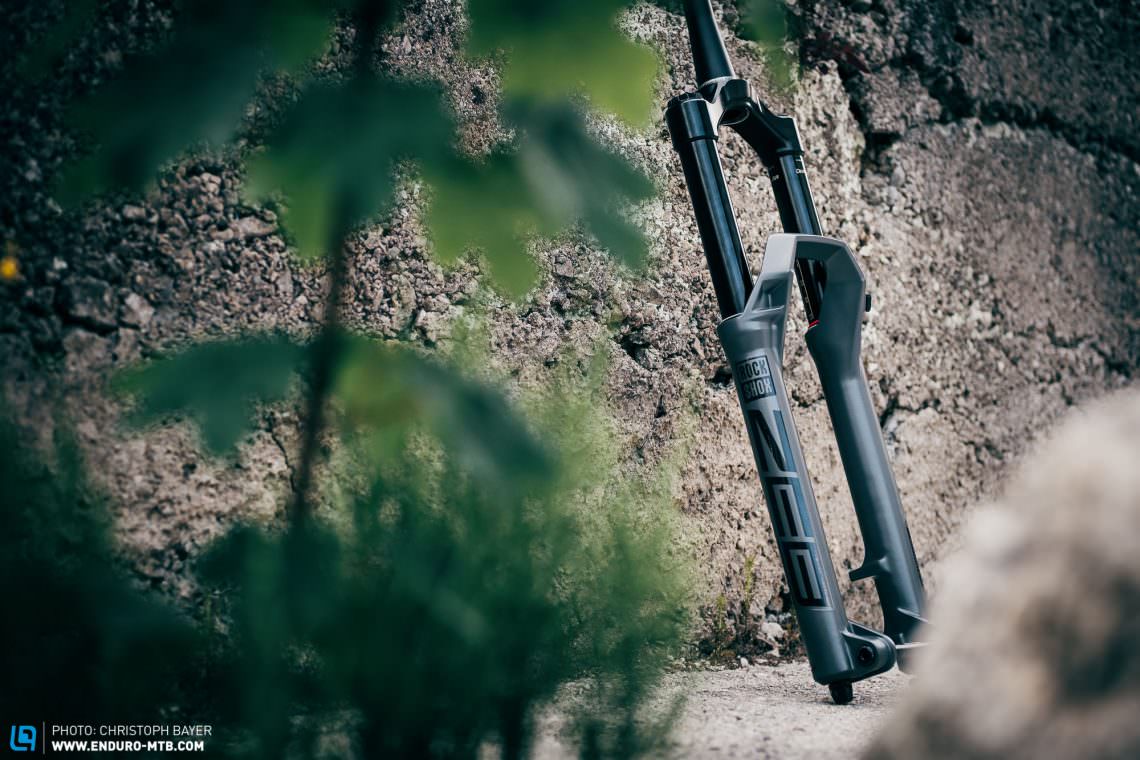
The most important details of the ZEB in one paragraph
Over the past few years, our bikes have evolved in leaps and bounds. Geometries have become more radical, wheels bigger, brakes more powerful. We’re riding a lot faster than we used to and the demands on the bikes have increased accordingly. With the brand new ZEB, RockShox have added a new fork to their lineup that’s supposed to meet the demands of the roughest EWS stages or full-throttle action in the bike park. It has 38 mm stanchions and new lowers. The bridge of the ZEB has been moved further outward to offer more clearance for the crown, oversized head tubes and for mudguards.
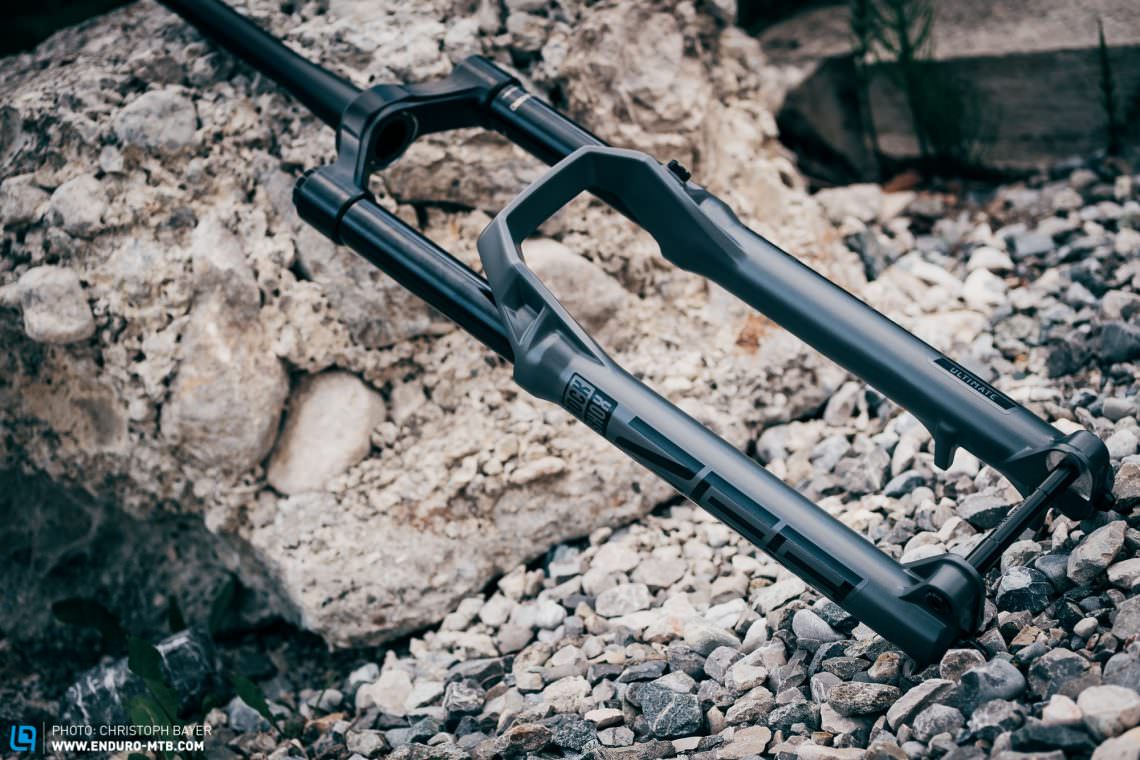
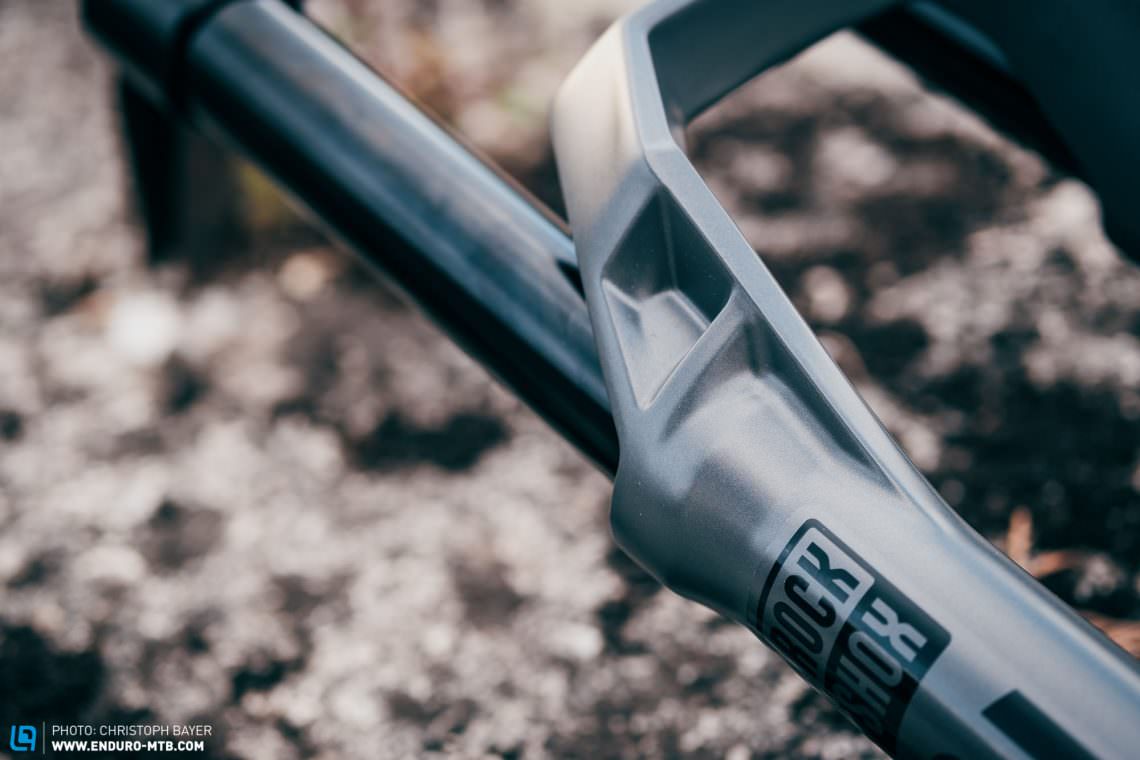
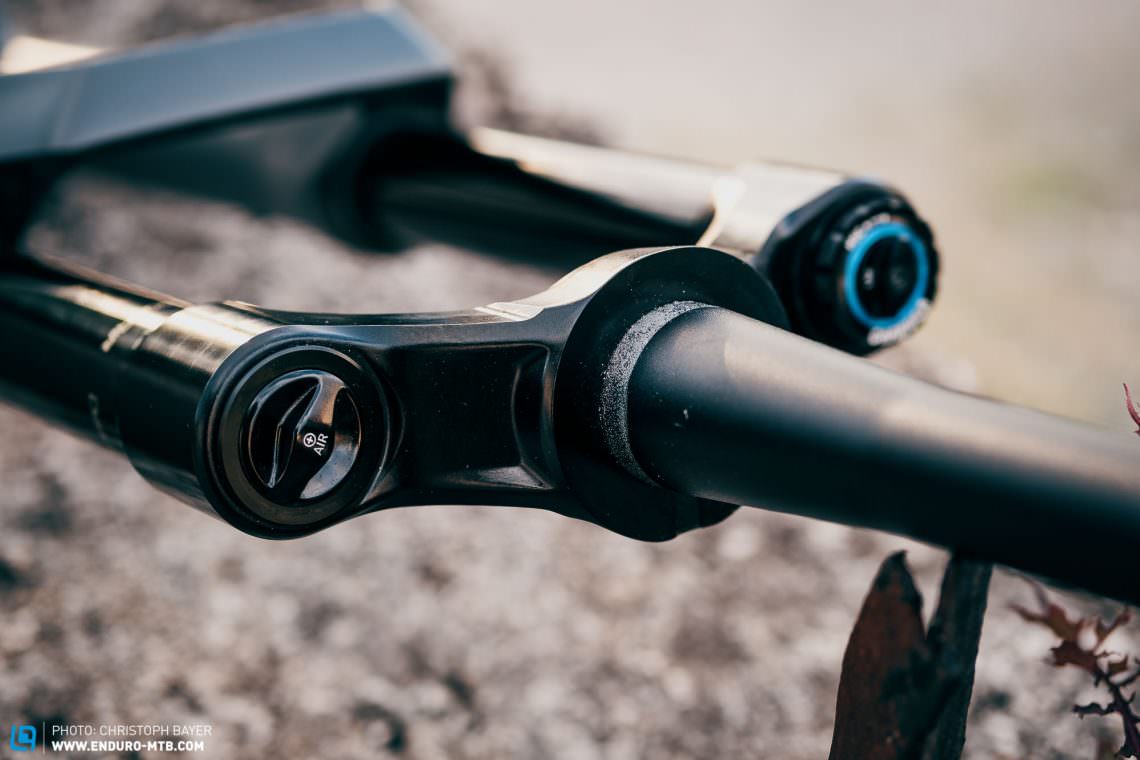

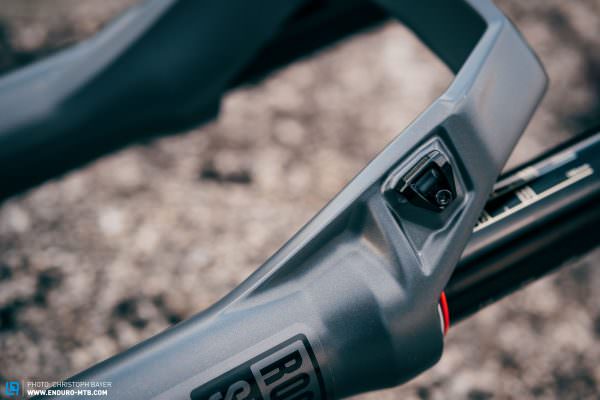
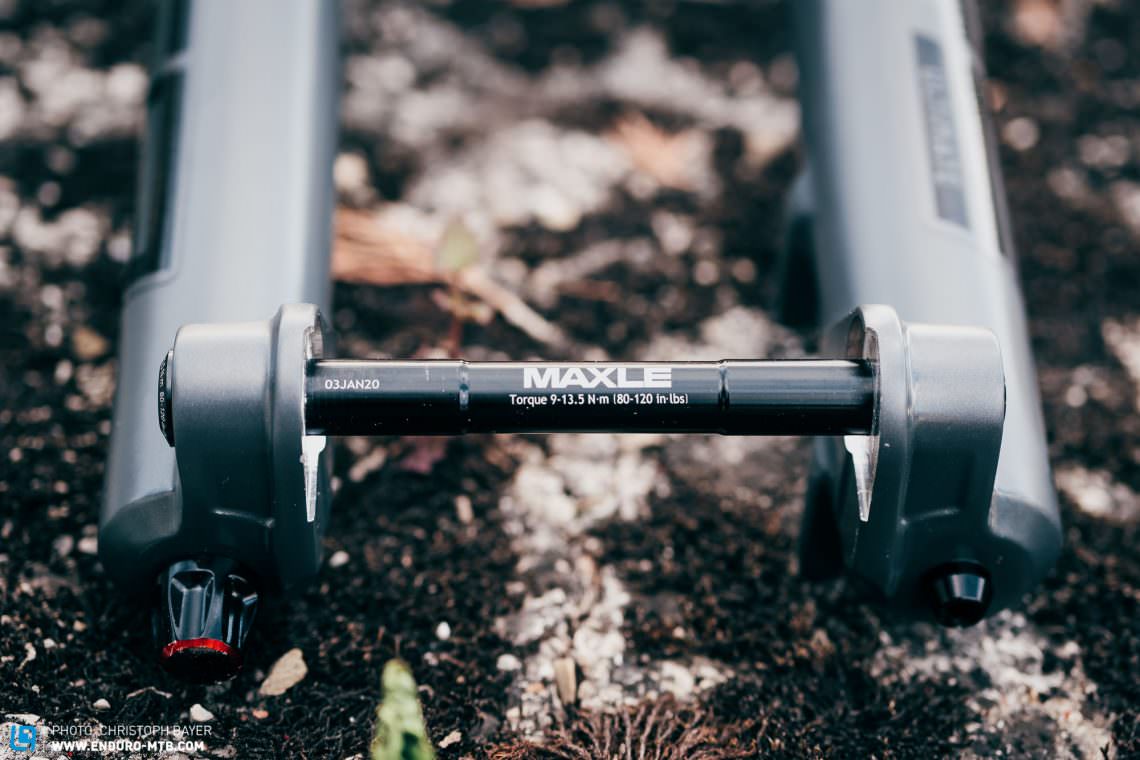
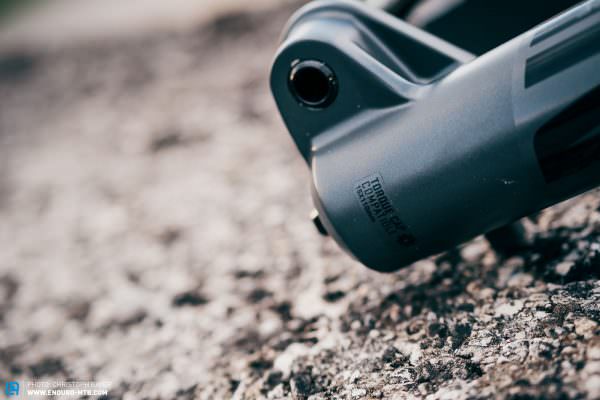
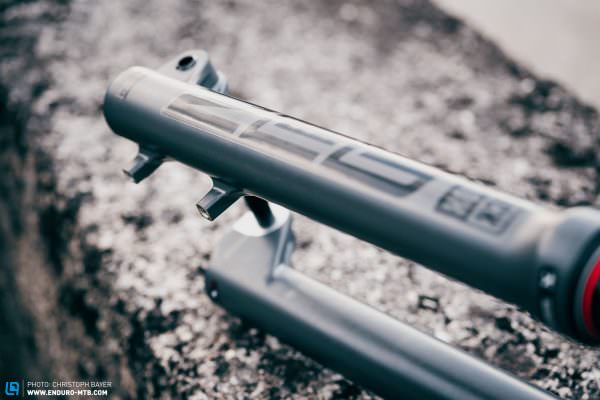
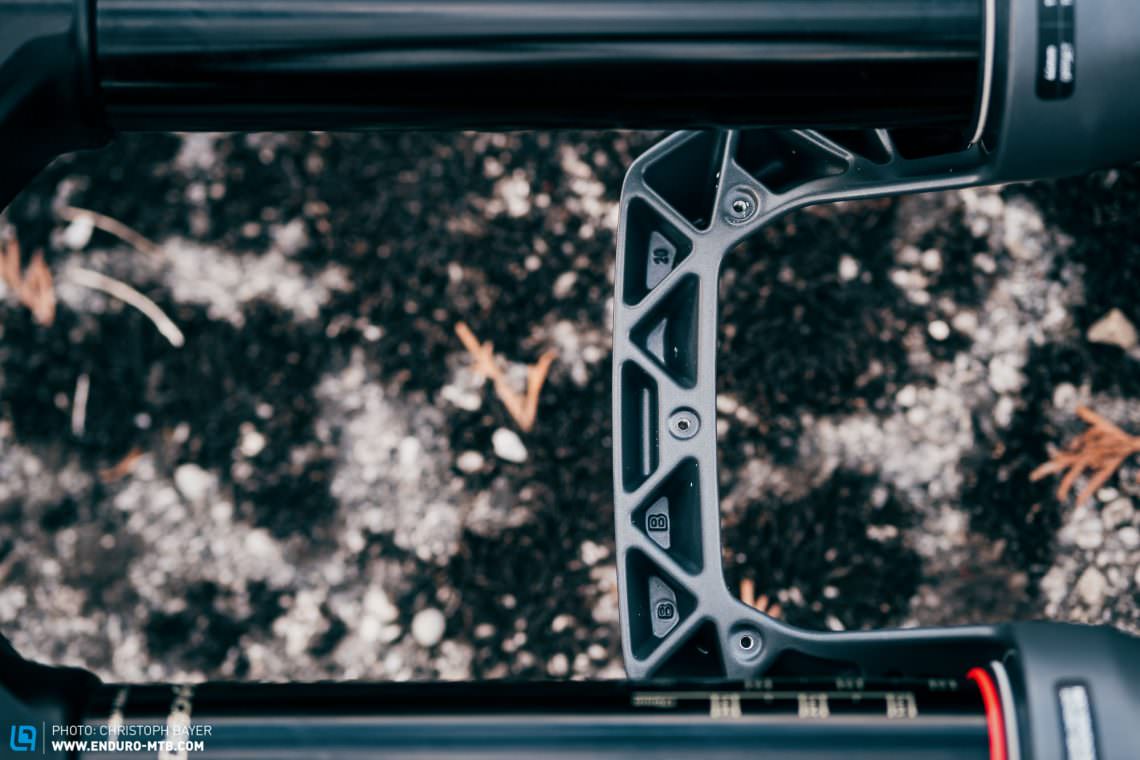
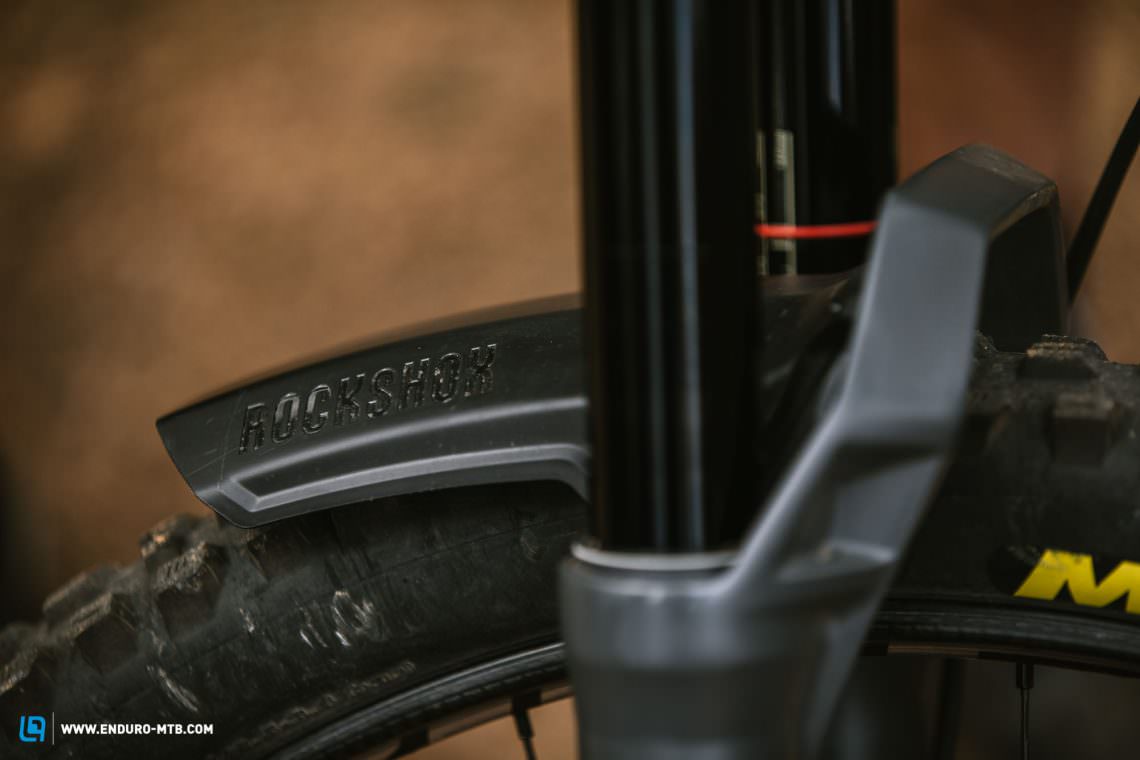
The forks internals rely on proven RockShox technologies. As such, you get the DebonAir air spring with a large negative chamber. The ratio of positive to negative air pressure has been specially adapted to suit the ZEB and is somewhere between the Lyrik and BoXXer. On the damping side, you’ll find the proven RockShox Charger 2.1 damper, as featured on the Lyrik. This too has been adapted for the bigger chassis and offers high and low-speed compression settings as well as adjustable rebound.
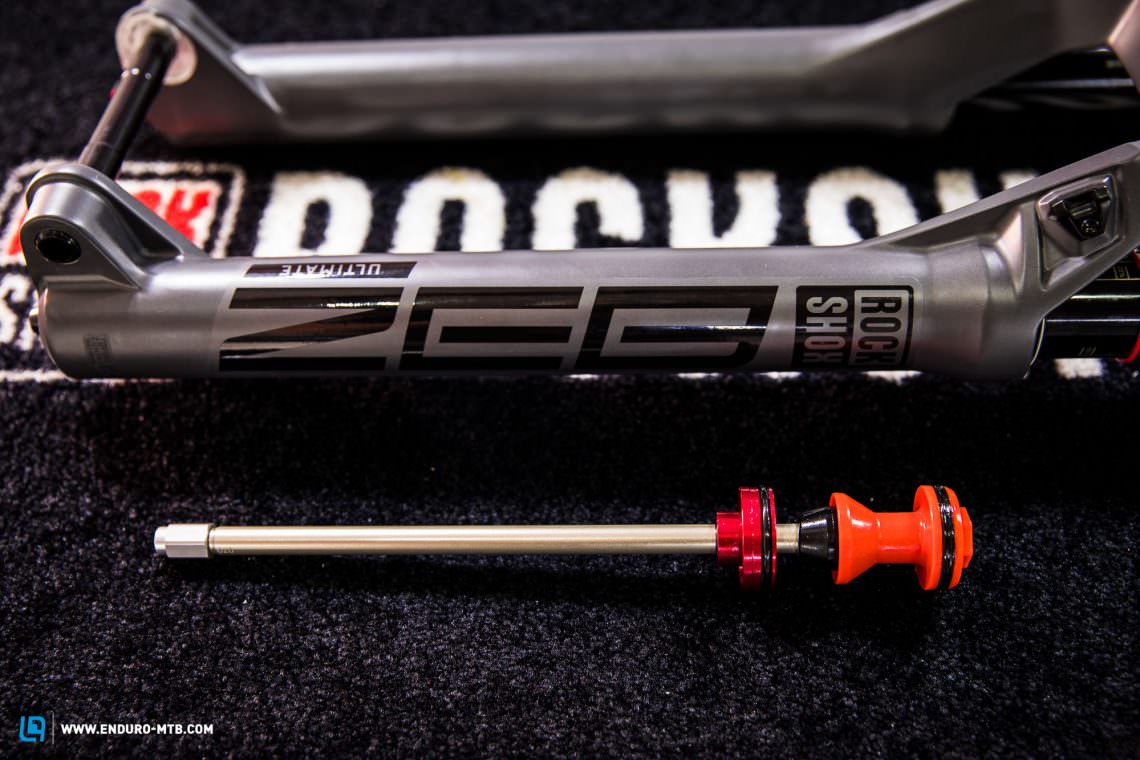
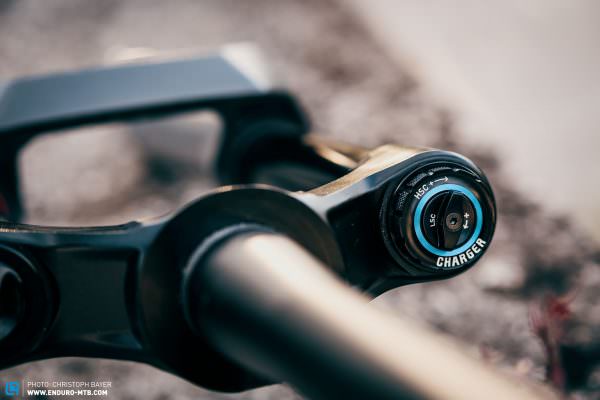
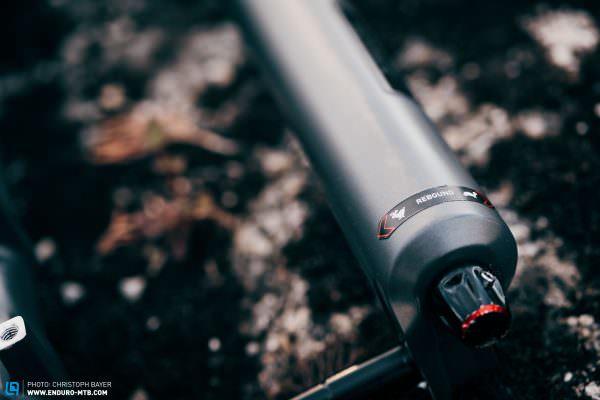
The RockShox ZEB at a glance:
Wheel size: 27.5″ and 29″
Travel: 160, 170, 180 and 190 mm for both wheel sizes
Air spring: DebonAir and Dual-Position especially for eMTBs
Damper: Charger 2.1 (Ultimate/Select +); RC2 (Select)
Offset: 38 mm (27.5″), 44 mm (27.5″ and 29″)
Stanchion diameter: 38 mm
Steerer tube diameters: 1.5” and 1.8”
Weight: 2,274 g (29″/170 mm/Maxle Stealth/19 cm steerer tube)
Price: € 758 – € 1,089, depending on the model

RockShox ZEB – What was the inspiration for the name and what does it mean?
Right behind RockShox’s development headquarters in Colorado you’ll find the infamous Pikes Peak mountain. The eponymous summit of the RockShox Pike, now also serving as the inspiration for the ZEB. The four-thousand-meter peak was first summited by Zebulon Pike, eponymous hero of the mountain itself. Zebulon was shortened to ZEB and that’s how RockShox got their inspiration for the name.
Stiffer and more precise, but still comfortable
A major goal in the development of the ZEB was to increase the stiffness of the fork and thus its precision. Besides the thicker stanchions, this has been achieved primarily with the new lowers and the machined fork crown. While adding stiffness, RockShox didn’t want to completely sacrifice comfort. The 29″, 180 mm travel ZEB is about 20% more torsionally stiff than a comparable Lyrik model and about 7% stiffer laterally, but it is only about 2% stiffer fore and aft. Our first ride review goes into more detail of how that affects handling on the trail.

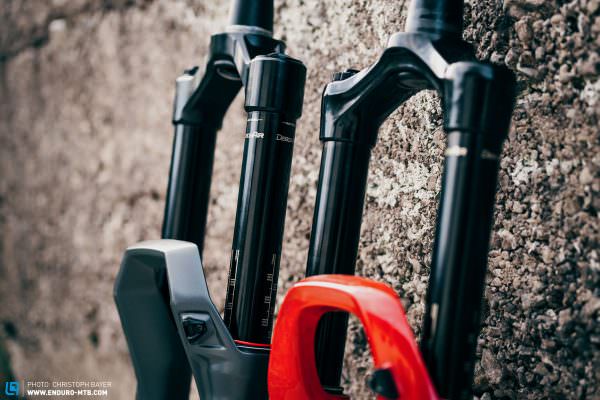

Select, Select+, Ultimate – The ZEB models in detail
Like the Lyrik and Pike, the ZEB is part of the RockShox’s Signature series. It’s available in a variety of three models, Select, Select+ and Ultimate. There will also be an eMTB specific model. The ZEB models made for enduro differ primarily in the damper. The € 1,089 ZEB Ultimate comes equipped with the Charger 2.1 damper, giving you high and low-speed compression settings. On top of that, the Ultimate also features an anodized fork crown and the signature Slab Gray colour. The somewhat more affordable Select+ makes use of the same damper, but without an externally adjustable high-speed compression setting. It is available exclusively to bike manufacturers, so you’ll only be able to get it on a complete bike. At € 869, the ZEB Select costs € 220 less than the Ultimate model and comes with the lower-end Charger RC damper, which doesn’t allow you to set high-speed compression either. However, all models come with the DebonAir air spring, SKF seals and Maxima Plush damping oil.
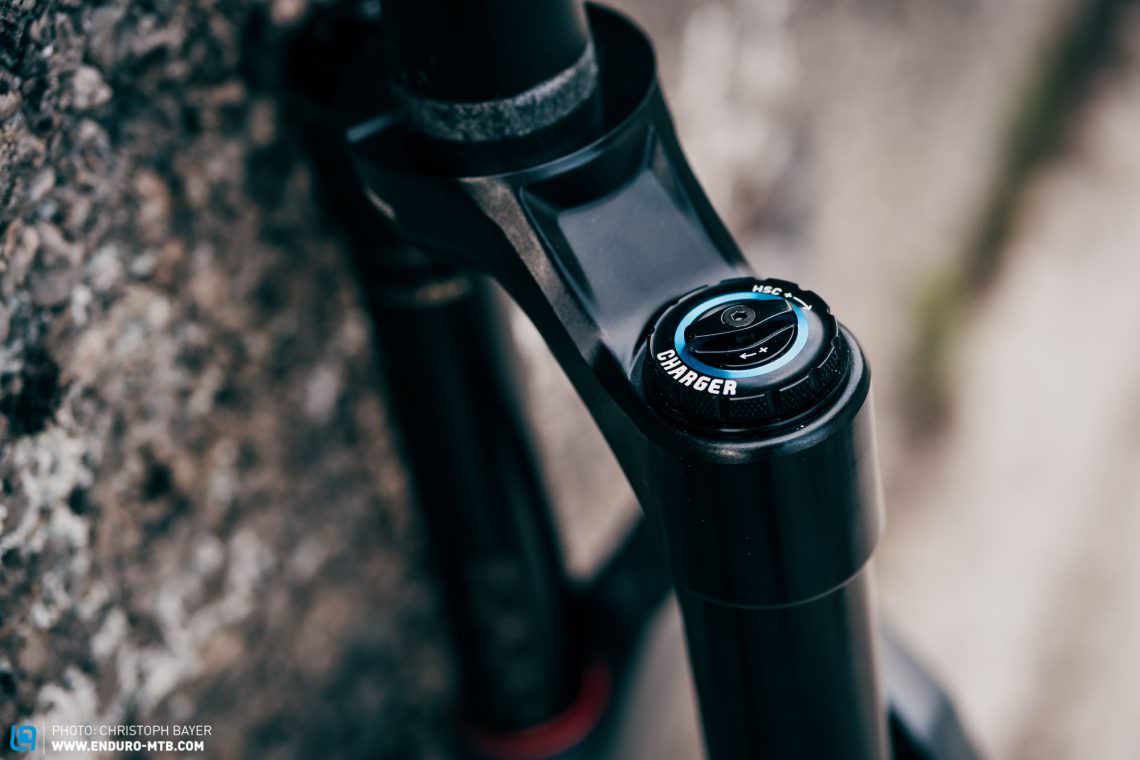
The RockShox ZEB is optimised for eMTBs too
All ZEB models are suitable for use on eMTBs with the ZEB Ultimate also topping the range here. However, RockShox have developed another ZEB specifically for eMTBs. It’s a pared-down model without externally adjustable compression settings. This reduces its complexity and allows them to lower the price. This version will also be available with the Dual Position air spring, which allows the fork to be lowered for super steep and technical climbs. This not only improves the riding position but also puts more weight on the front wheel and thereby keeps it on the ground. RockShox have simply taken the existing Dual Position air spring from existing models and adapted it to fit the ZEB. Another exciting option for eMTBs is the version of the new ZEB with a 1.8″ tapered steerer tube, which will be available alongside the standard 1.5″ tapered steerer tube model. To help the fork match the look of your bike, it is also available with different crown diameters. However, according to RockShox, there is no difference regarding stiffness as it only serves to make the fork crown sit flush with the ever beefier head tubes of the latest eMTBs.

First ride review of the new RockShox ZEB Ultimate
We had the opportunity to test the new RockShox ZEB extensively on a variety of trails over several weeks. Among other places, in the bike park in Oberammergau, where we were quickly able to find a good basic setup thanks to their lift. We also took the ZEB to the Reschenpass, Kronplatz, the Tweed Valley and Tuscany.

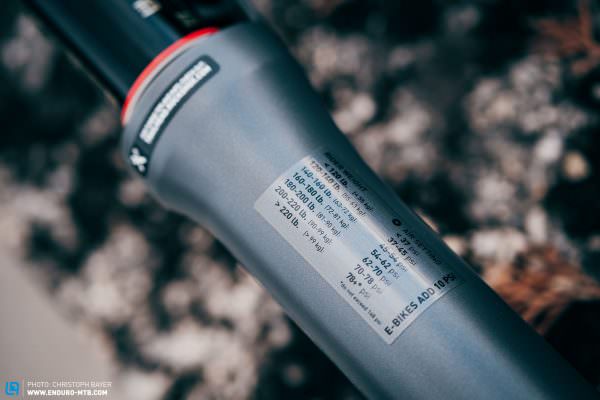
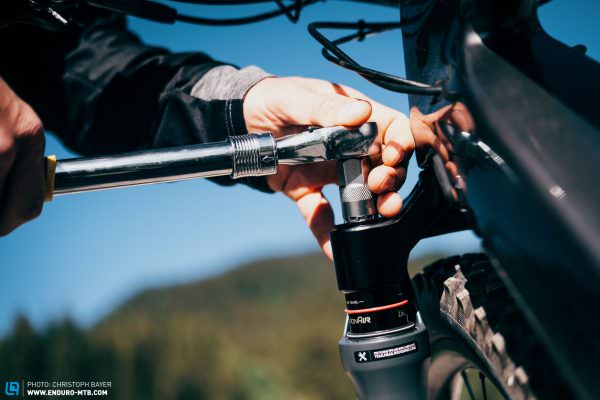
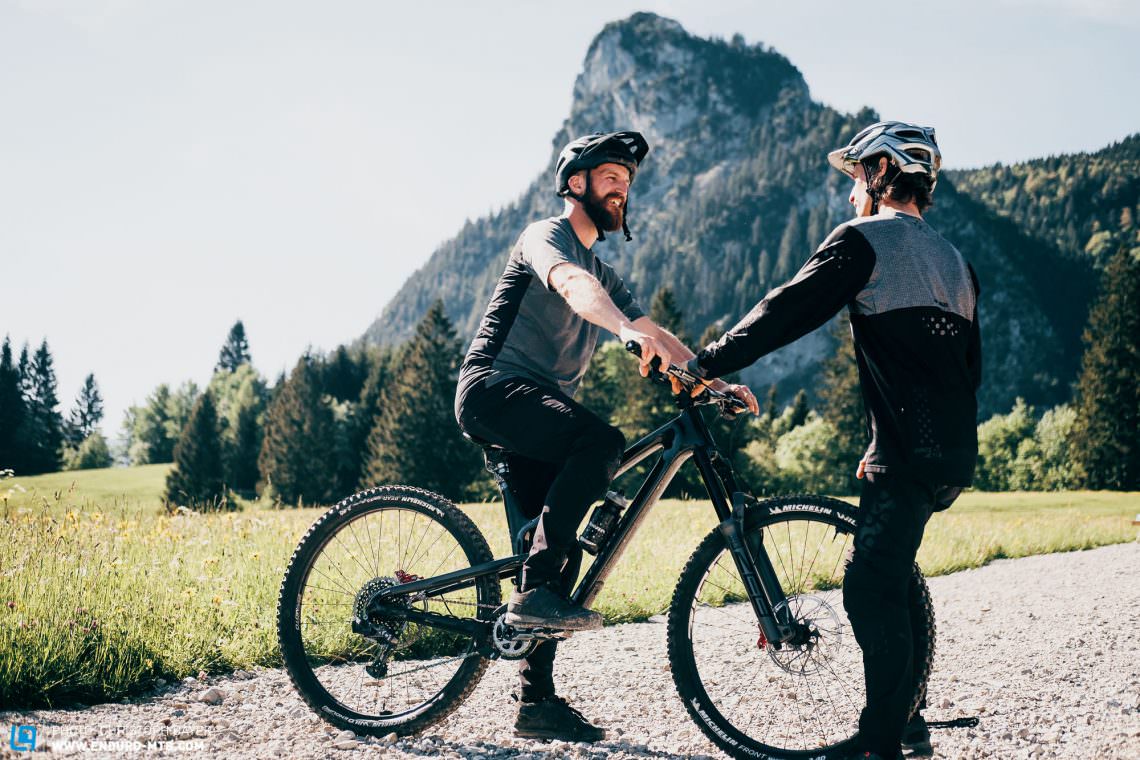
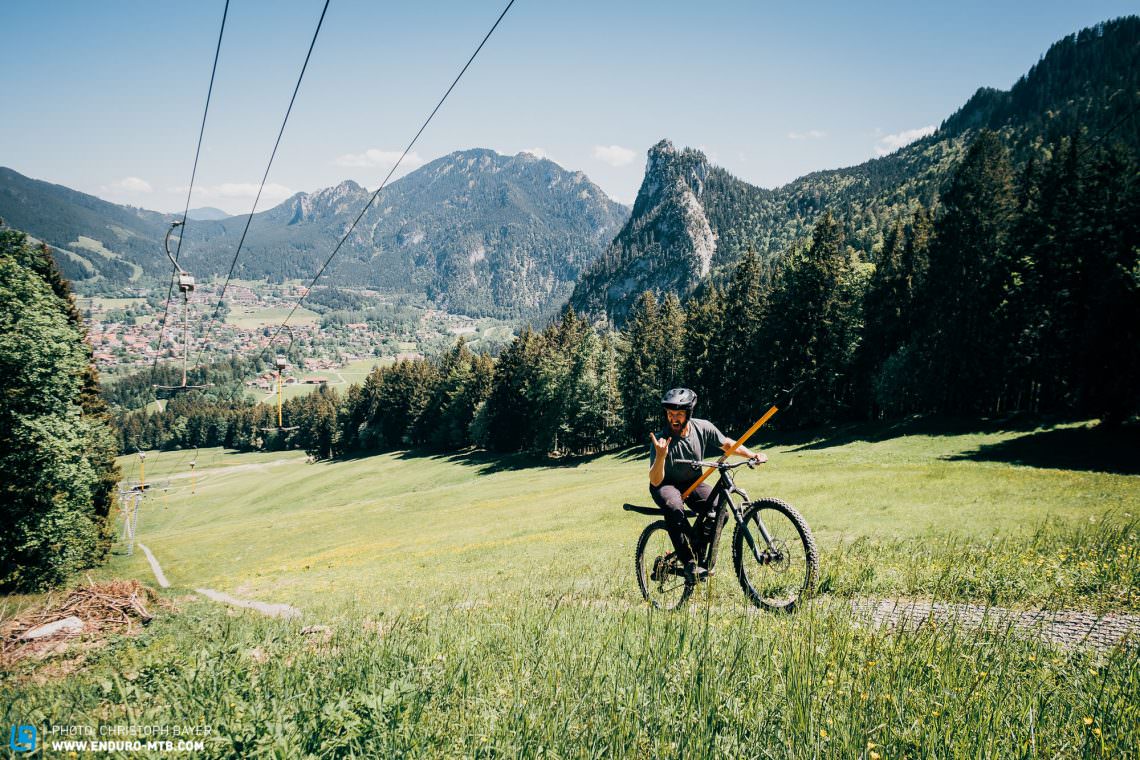


Setting up the RockShox ZEB is very similar to the Lyrik or Pike. We immediately noticed that it requires less pressure due to the larger diameter and volume of the air spring. A table on the lowers helps you figure out your base setup. If you want to dig deeper into suspension setup, we recommend taking a closer look at our detailed mtb suspension setup guide. We rode the ZEB with only a few psi over the recommended setting, mostly left the high-speed compression completely open and only added a few clicks of low-speed compression damping. We rode with one token in the 170 mm, 29″ model. Depending on your riding style, the trail and your preference, your setup may vary significantly. When pumping up the fork, the positive and negative air chambers automatically balance each other out. Unlike previous models, equalisation doesn’t occur at around 20% sag, which means that we were able to dial in the pressure without having to compress the fork and bounce around on the bike.

If you do the classic parking lot test with the new RockShox ZEB and push on the handlebar without standing on the bike, you’ll be surprised. The fork feels firm and doesn’t immediately give way. This is due to the changed characteristics of the DebonAir air spring, which also features on the new 2021 Lyrik. The update is reverse compatible, so you can upgrade your existing fork if you have the older model. With the new air spring, the fork stays higher in its travel and doesn’t automatically sag a few millimetres, due to the new position of the equalisation port at the full extension of the fork. When you get on the bike, that overly firm feeling initially disappears.

On the trail, the ZEB responds sensitively and generally stays nice and high in its travel. As such, your bike’s geometry isn’t compromised even on steep descents and the fork doesn’t wallow. The fork also performs well in fast berms and hard landings, only using as much travel as required, offering good traction and plenty of reserves. The differences in the clicks of the damping settings are clearly noticeable on the trail. Especially with the high-speed compression, the ZEB can quickly be adapted to suit different trails. Fast bike park tracks with big jumps? Turn the HSC up by 1 or 2 clicks. Natural trail with massive roots? Then leave the HSC open. The rebound also offers a big range of adjustment for all riders of different weights and was able to generate lots of traction during our tests.
If you hit roots full throttle while grabbing the brakes and turning, you can clearly feel the added stiffness.
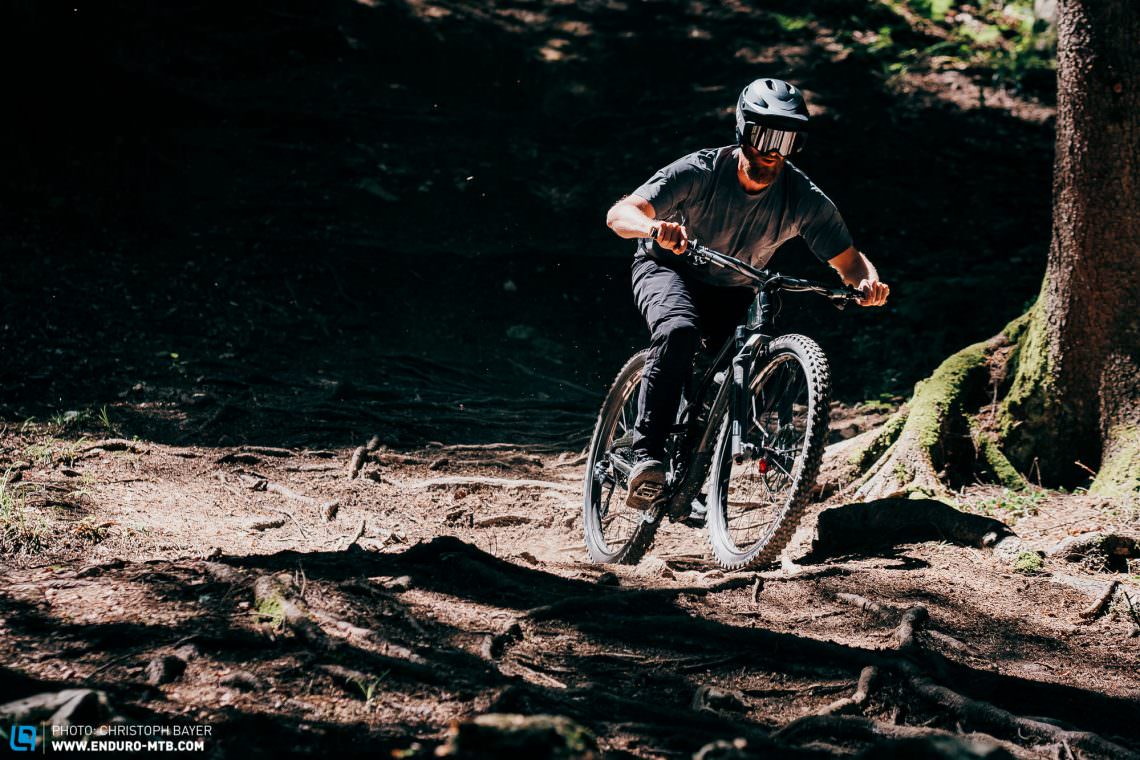

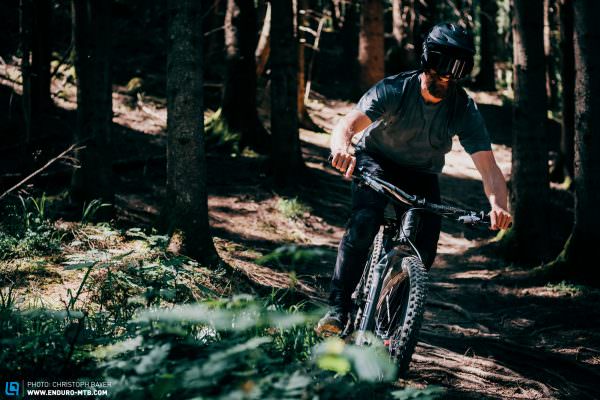
Compared to a 4 to 5 year old fork, the new ZEB will blow you away, but so will the Lyrik!
Every year, forks get better. Every time we think they can’t get any better, we see the release of a new model. The current Lyrik is an excellent fork. Since it hardly differs from the ZEB in terms of damping, it’s no wonder that you’ll notice little difference in most situations on the trail. The basic feeling of the air spring and damping is very similar to that of the Lyrik, making it a very good fork in general.
RockShox Lyrik or ZEB – What are the differences?

During the course of our tests, both light and heavy riders could feel the differences between the Lyrik and the new ZEB. The added stiffness isn’t omnipresent and even with back-to-back test runs, you can’t feel it everywhere on the trail. But there are moments when you can clearly feel the increased precision and control that the ZEB delivers. For example, when you hit roots at full speed, brake and then turn hard into a berm. When it comes to aiming for and staying on the fastest, roughest and most direct lines, the ZEB has the upper hand over the Lyrik.
Stiffer isn’t always better – not every rider benefits from the added stiffness of the new RockShox ZEB!
The added stiffness doesn’t just have advantages. The ZEB occasionally required more input from the rider to stay on track, especially when it was wet and slippery. If you’re not careful, you’ll get blown off line more easily. Fatigue is something that is very difficult to test. However, we had the impression that especially on very long days of riding with more than 6,000 meters of descending, the added stiffness also led us to tire out sooner and we had slightly more painful hands. In scenarios where we would have easily been able to complete long runs with the Lyrik, the ZEB demanded more strength.

Our conclusion on the new RockShox ZEB – Who is this fork made for?
The new RockShox ZEB is a good option for riders who want to go as fast and hard as possible and who have previously thought that they could do with a stiffer fork. On long-travel 29ers, the added stiffness makes sense. Light riders and those who value comfort are better advised to stick with the lighter Lyrik.
For more information, visit sram.com
The ultimate question – RockShox ZEB vs FOX 38
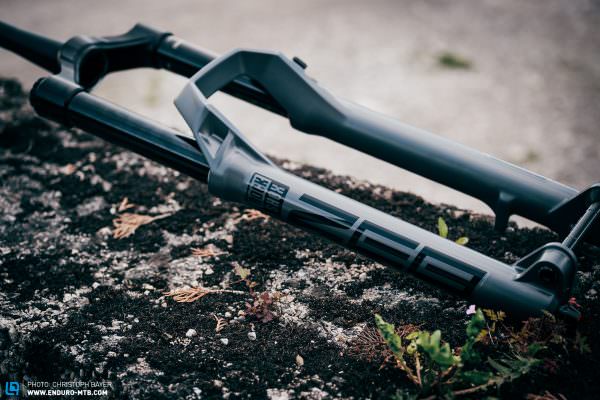
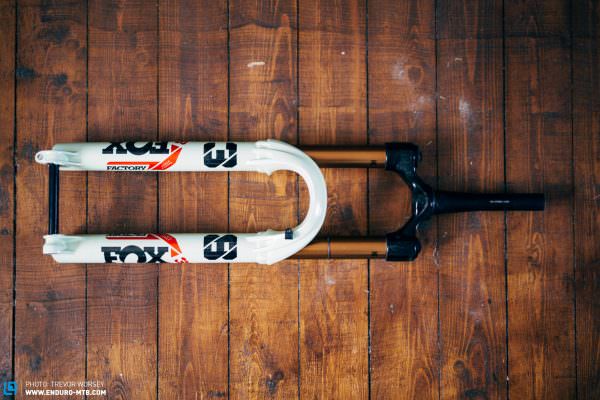
RockShox ZEB or FOX 38? The question of questions, which we’ll answer in detail in our suspension fork group test in the coming weeks!
Answering this question would go beyond the scope of this article, so we’ve dedicated a separate article to it which we’ll publish in the near future. Nevertheless, we would like to give you a first impression of how the brand new ZEB compares with the recently launched FOX 38 FACTORY GRIP2 (click for review). Both forks offer super direct handling and very precise steering. Their performance right up there with the best of them, giving you plenty of control and comfort. In a direct comparison, the FOX 38 is a little more sensitive and manages to generate grip and maintain traction even better. It sticks to the ground more effectively and does a better job of managing its travel in different situations and in the event of hard impacts. However, these are only nuances. On the other hand, the ZEB is a lot simpler to set up. We are currently testing both forks as well as many other exciting models as part of our big enduro fork group test – be excited.
Did you enjoy this article? If so, we would be stoked if you decide to support us with a monthly contribution. By becoming a supporter of ENDURO, you will help secure a sustainable future for high-quality mountain bike journalism. Click here to learn more.
Words & Photos:









